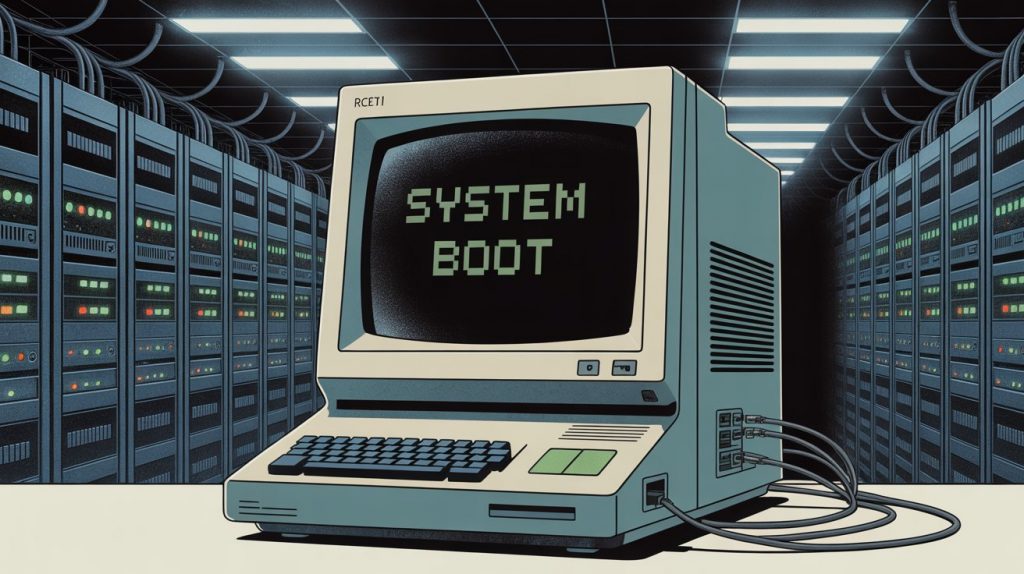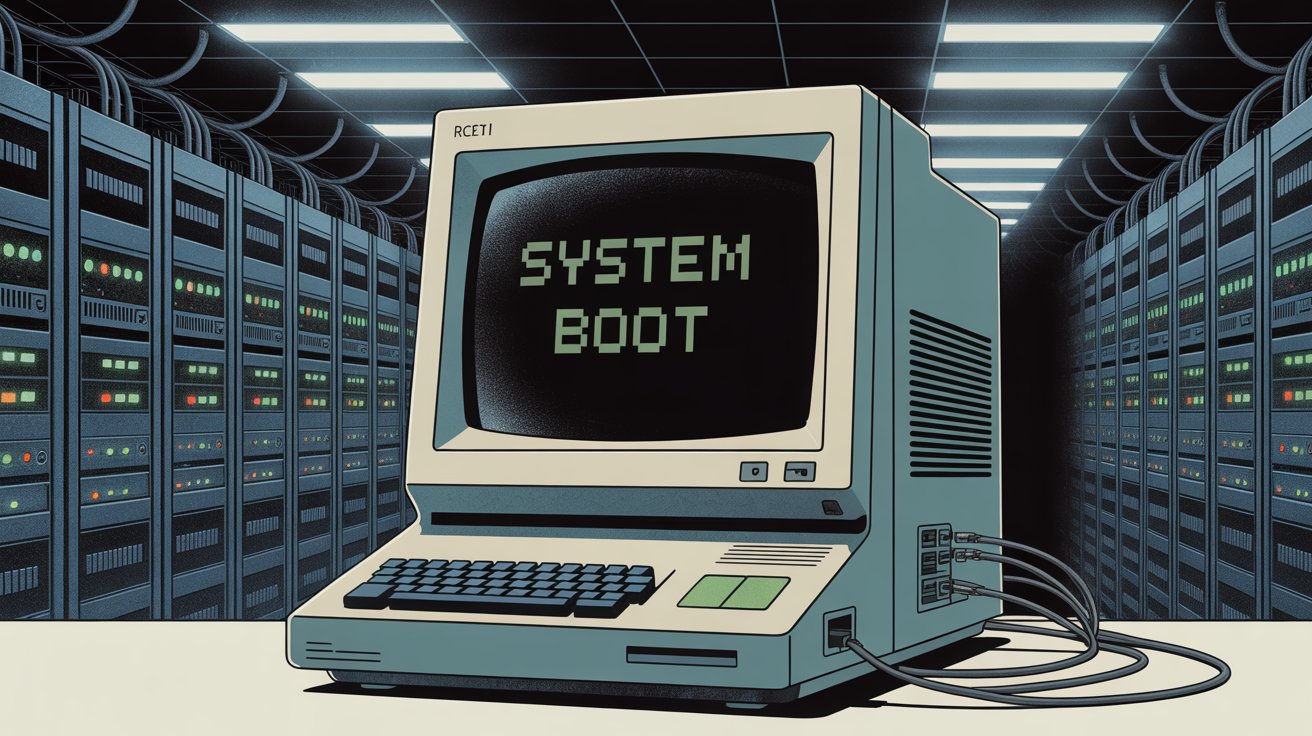Published on 15 September 2025

If you’re running a business on older IT systems because upgrading feels too expensive or disruptive, you might want to think again. Here’s the uncomfortable truth: those legacy systems are likely costing you far more than a modern upgrade would. They’re quietly draining your profits through inefficiency, constant maintenance headaches, and missed opportunities that your competitors are already capitalising on.
Let’s talk about why holding onto outdated technology isn’t the safe, cost-effective choice it appears to be, and what it’s really costing your business.
You know that feeling when your computer takes forever to boot up, or when your software crashes at the worst possible moment? Now imagine that happening across your entire business operation. Legacy systems don’t just slow things down, they create a cascade of hidden costs that eat away at your bottom line.
Those older systems need constant attention. Support contracts become more expensive as vendors phase out older products. Finding replacement parts gets harder and pricier. You might even need specialist technicians just to keep everything running. Research shows that legacy IT upgrades cost businesses millions each year in maintenance alone, with technical debt compounding costs and eroding profitability (Wilkinson, CFO Dive, 2024).
Here in the UK, the numbers are particularly eye-opening. Legacy software is draining billions from our economy annually due to inefficiency and security weaknesses (Rafalski, Netguru, 2025). That money isn’t disappearing into thin air, it’s coming straight out of business budgets that could otherwise fuel growth and innovation.
Picture this: your employee needs to pull a customer report, but because your systems don’t talk to each other, they have to manually copy data between three different programs. What should take five minutes becomes a half-hour task. Multiply that across your team and across every working day, and you start to see the real productivity drain.
Legacy software rarely plays nicely with modern tools. Your team ends up creating workarounds, doing manual data entry, and spending their valuable time on repetitive tasks that modern systems could handle automatically. Instead of focusing on growing your business, they’re wrestling with technology that fights them every step of the way.
When software vendors stop supporting older systems, they stop releasing security updates. Those vulnerabilities don’t just disappear, they become open invitations for cybercriminals.
A data breach isn’t just about the immediate costs of fixing the problem. There’s the reputational damage, potential regulatory fines if you’re in a regulated industry, and the trust you’ll need to rebuild with customers. Even if you’re not in a heavily regulated sector, the damage from a security incident can be devastating for a smaller business.
Today’s customers expect quick responses and seamless service. They’ve grown accustomed to instant customer support. If your legacy systems mean slower response times, limited personalisation, or clunky processes, your customers will notice. More importantly, they’ll start looking elsewhere.
When your competitor can process orders faster, respond to queries quicker, and offer a smoother overall experience because they’ve invested in modern systems, you’re fighting an uphill battle for every customer.
Perhaps the biggest cost of legacy systems isn’t what they take away, it’s what they prevent you from gaining. Modern IT opens doors to cloud services, automation, artificial intelligence, and data analytics that can transform how you operate.
Legacy systems act like anchors, holding you back from these opportunities. What feels like stability is often just stagnation. As Wilkinson (CFO Dive, 2024) highlights, technical debt from outdated IT not only raises costs but actively blocks data-driven transformation and adoption of advanced tools like AI.
While you’re managing the limitations of older systems, your competitors are gaining ground. They’re operating more efficiently, making faster decisions, and adapting quickly to new market opportunities. That efficiency translates into lower costs and higher profits, giving them more resources to invest in growth, better staff, and superior customer service.
This isn’t just about keeping up, it’s about not falling further behind. The gap widens with each passing month, and eventually, it becomes harder to close.
Yes, upgrading your IT systems requires an upfront investment. But consider what you get in return: reduced maintenance costs, improved productivity, stronger security, and happier customers. These aren’t just nice-to-haves, they directly impact your profitability.
Think of it this way: you’re not spending money on IT, you’re investing in your business’s ability to operate efficiently and compete effectively. The businesses that understand this distinction are the ones that thrive long-term.
You don’t need to replace everything overnight. Start by taking an honest look at your current systems. Which ones cause the most problems? Where do you see the biggest inefficiencies or risks?
Focus on the areas that impact your security or customer service first. Look into cloud-based solutions that can grow with your business. For many small and medium businesses, working with an experienced IT partner provides the expertise and support needed to modernise without overwhelming your internal team.
Legacy IT systems aren’t just old technology, they’re profit drains that get more expensive to maintain as time goes on. The longer you wait, the more it costs and the further you fall behind competitors who’ve already made the switch.
Upgrading your IT isn’t just about having newer technology, it’s about protecting your profitability and ensuring your business can thrive in an increasingly competitive market.
If your organisation is struggling with legacy IT challenges, contact Bluebell IT today to explore how we can help you modernise systems and unlock long-term value.


© 2025 Bluebell IT Solutions - All rights reserved
SEO and Website Design by Loop Digital